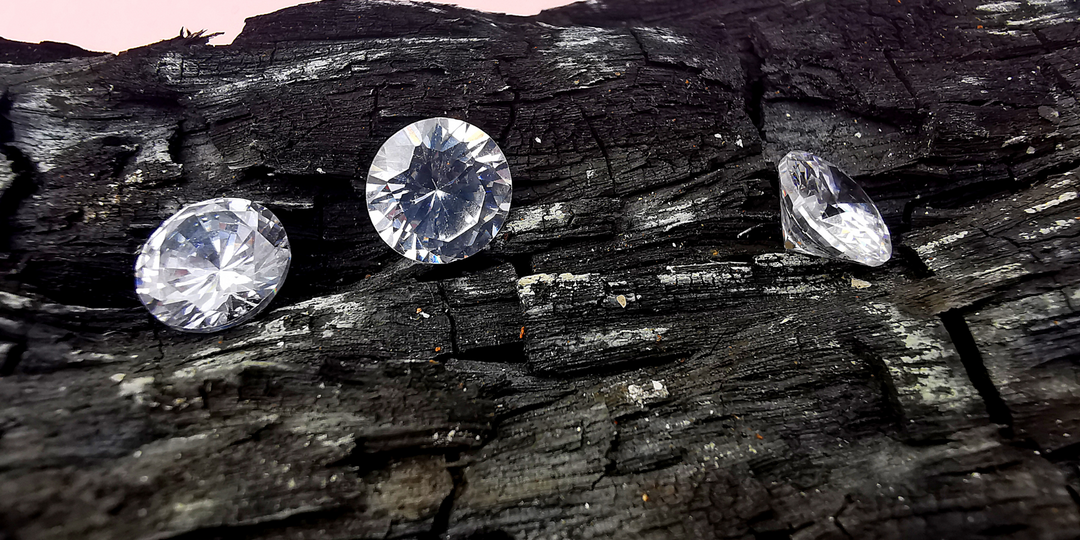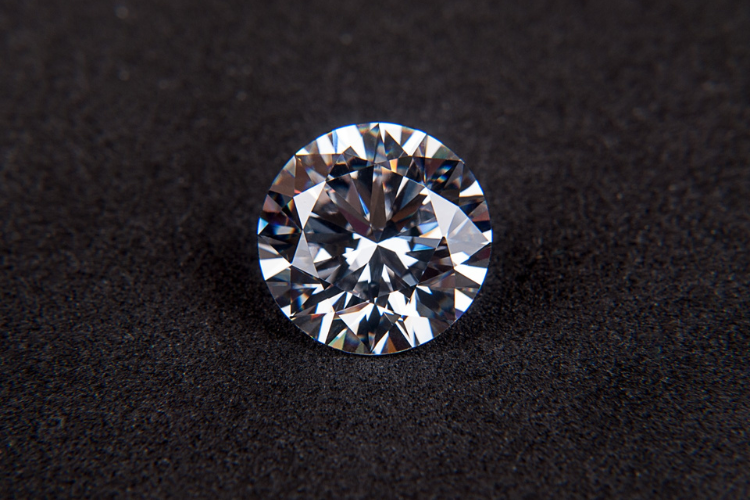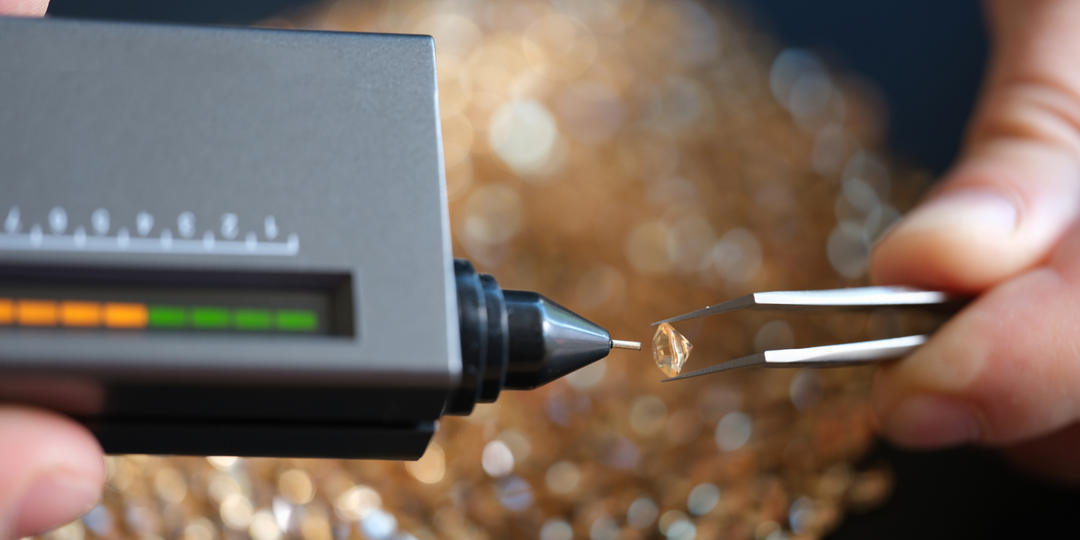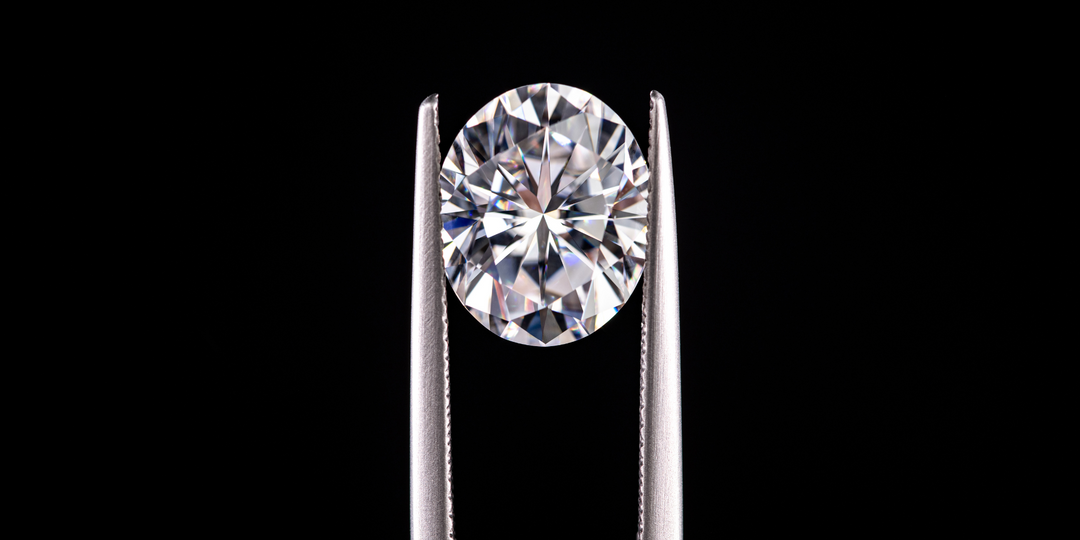A Comprehensive Guide To Cloudy Diamonds
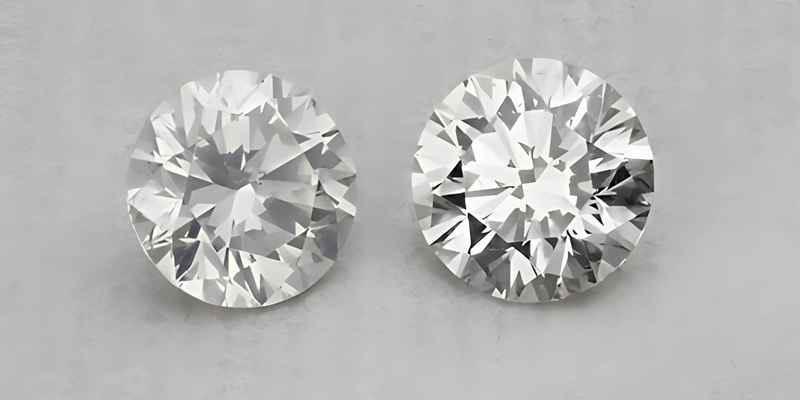
Diamonds are often called "a girl’s best friend," but what happens when that friendship feels a little… foggy? Imagine you are at a jewelry store, checking out a stunning display of diamonds. Every stone sparkles, throwing little rainbows everywhere. But then, you notice one that’s off. Instead of that bright, sparkling shine, it looks dull and hazy like a dirty window. What’s up with that?
Welcome to the world of cloudy diamonds! They might not get as much love as their super sparkly cousins, but they’re more common than you might think. Cloudiness can show up in a diamond in some surprising ways, so knowing what causes it can help you make smarter choices when buying or taking care of these gems.
If you’re new to diamond shopping or already have one in your collection, this guide is here to break down everything you need to know about cloudy diamonds. We’ll cover what causes them, how to spot them, and even how to fix the issue. Ready? Let’s dive in!
What Are Cloudy Diamonds?

Cloudy diamonds are diamonds that don’t have the clear, sparkling look most people expect. Instead, it has a foggy or milky appearance that makes it look less vibrant. This cloudiness isn’t always easy to spot at first glance, especially if you’re not familiar with what to look for. It’s important to understand that cloudy diamonds aren’t necessarily "bad" or worthless, but they just don’t have the same visual impact as clearer stones.
The higher the clarity grade of the diamond, the less that intrinsic characteristic will contribute to any cloudiness or haze that might be observed by people. Cloudy diamonds are uncommon in higher clarity grades due to minimal inclusions but are more frequently found in lower clarity grades. This is influenced by several factors, which we will explore below.
The term "cloudy" doesn’t refer to a specific flaw but rather describes an overall effect caused by various factors inside or outside the diamond. These factors can range from internal imperfections to external contaminants. While some people might overlook cloudiness in favor of other features, like size or color, others see it as a dealbreaker. Understanding what makes a diamond cloudy is key to making informed decisions when buying or caring for one.
What Causes Cloudiness in Diamonds?
Cloudiness in diamonds doesn’t happen for just one reason, but it’s usually the result of multiple factors working together. Let’s break down the main culprits behind this issue.
Inclusions and Clarity Issues
One of the biggest contributors to cloudiness is inclusions. These are tiny flaws inside the diamond itself, formed during its creation deep within the Earth. Inclusions can take many forms, like cracks, air bubbles, mineral deposits, or even traces of other materials trapped inside the stone. When there are too many inclusions grouped closely together, they scatter light instead of letting it pass through cleanly. This scattering creates the hazy effect we call cloudiness.
Diamond clarity grades measure how many inclusions a stone has and how visible they are. Stones with lower clarity grades (like SI2 or I1) are more likely to appear cloudy because their inclusions interfere with light performance. On the other hand, higher-clarity diamonds (such as VVS1 or IF) tend to be clearer and brighter since they have fewer imperfections.
Fluorescence and Its Effects
Another factor that can cause cloudiness is fluorescence. Some diamonds emit a faint glow under ultraviolet (UV) light due to trace elements like nitrogen trapped inside them. While fluorescence isn’t always bad, some buyers prefer it because it can enhance color, but it can sometimes create a milky or oily sheen in certain lighting conditions.
This effect is particularly noticeable in diamonds with strong blue fluorescence. If the fluorescence is too intense, it can overpower the natural brilliance of the stone, making it seem dull or cloudy. Not all fluorescent diamonds suffer from this problem, though; it depends on the intensity of the fluorescence and how it interacts with the rest of the diamond’s properties.
Dirt and Oil Build Up
Sometimes, cloudiness isn’t caused by anything inherent to the diamond itself but is simply a matter of dirt and oil buildup on its surface. Over time, everyday wear exposes diamonds to skin oils, lotions, soaps, and other substances that leave residue behind. This layer of grime can block light from entering the stone properly, reducing its sparkle and giving it a cloudy appearance.
This type of cloudiness is temporary and fixable. Cleaning your diamond regularly can restore its original shine. We’ll dive deeper into maintenance tips later in this guide.
Diamond Color Vs Clarity: How They Affect Appearance
When shopping for diamonds, two of the most important qualities to consider are color and clarity. Both play a role in determining how a diamond looks, but they affect it in different ways.
The Role of Color
Color refers to how white or tinted a diamond appears. The Gemological Institute of America (GIA) grades diamond color on a scale from D (completely colorless) to Z (light yellow or brown). Colorless diamonds allow more light to pass through unobstructed, which enhances their brilliance. As the color grade decreases, subtle tints become more noticeable, potentially affecting the stone’s overall appeal.
While color doesn’t directly cause cloudiness, it can amplify the effects of poor clarity. For example, a slightly yellow diamond with lots of inclusions may look even duller than a whiter stone with similar imperfections. That’s why balancing color and clarity is crucial when choosing a diamond.
The Importance of Clarity
Clarity measures how free a diamond is from internal flaws (inclusions) and external blemishes. Higher-clarity diamonds reflect light better, resulting in greater sparkle and fire. Lower clarity stones, on the other hand, may appear hazy or dull due to the presence of numerous inclusions.
It’s worth noting that not all inclusions are visible to the naked eye. Many diamonds graded SI1 or higher still look clean and bright without magnification. However, once inclusions start interfering with light reflection, they contribute to cloudiness. Finding the right balance between clarity and budget is essential for getting a diamond that meets your expectations.
How to Identify a Cloudy Diamond?
If you’re concerned about ending up with a cloudy diamond, there are several methods you can use to check for this issue before making a purchase.
The Diamond Fog Test
One simple way to test for cloudiness is the diamond fog test. Here’s how it works:
- Hold the diamond between your fingers or tweezers.
- Breathe on it gently, creating a thin layer of condensation on its surface.
- Observe how quickly the fog dissipates.
A clear diamond will lose the fog almost instantly because it conducts heat efficiently. If the fog lingers for several seconds, it could indicate that something is blocking the surface or interfering with its ability to transmit light. Just remember, this test isn’t perfect; it won’t show hidden issues like inclusions, but it’s a great place to start.
Visual Inspection and Professional Grading

For a more thorough evaluation, inspect the diamond under good lighting. Look closely at its facets and edges to see if any areas appear hazy or uneven. Rotate the stone to examine it from different angles, as cloudiness might only be visible from certain perspectives.
If you’re unsure about your findings, consult a professional jeweler or gemologist. They can provide a detailed analysis using specialized tools like microscopes and grading reports. These experts can identify inclusions, assess fluorescence levels, and determine whether the diamond’s cloudiness is due to internal or external factors.
Tips to Maintain and Enhance Diamond Clarity
Even if your diamond starts clear and brilliant, improper care can cause cloudiness over time. To keep your diamond looking its best, regular cleaning is essential. Use a soft-bristled toothbrush with mild soap and warm water to scrub away dirt and oils. Avoid harsh chemicals, as they can damage the metal setting or erode the diamond’s surface polish.
For stubborn grime, soak the diamond in warm, soapy water for 20–30 minutes before brushing. It’s also important to protect your diamond from harsh environments. Abrasive surfaces, extreme temperatures, and chemicals in cleaning products or pools can scratch the stone or degrade its finish.
When not wearing your diamond jewelry, store it separately in a fabric-lined box or pouch to prevent scratches from contact with other pieces. Additionally, periodic professional cleanings are recommended.
Trusted jewelers have access to ultrasonic cleaners and steam machines that can remove buildup beyond what home cleaning methods can achieve. By following these tips, you can preserve your diamond’s clarity and ensure it remains brilliant for years to come.
Conclusion
Cloudy diamonds might not have the same wow factor as their clearer counterparts, but they’re far from being unusable. Understanding what causes cloudiness and knowing how to identify and address it empowers you to make smarter choices when buying or maintaining a diamond. Whether you’re dealing with inclusions, fluorescence, or surface grime, there are solutions available to improve the stone’s appearance.
Remember, no diamond is perfect. Even the highest-quality stones have minor imperfections. What matters most is finding a diamond that aligns with your preferences and budget while meeting your expectations for beauty and durability. Armed with the knowledge from this guide, you’re now equipped to navigate the world of cloudy diamonds confidently.

